So many Rieslings, so little time! I know what you’re thinking: “David’s finally lost it! There’s no reason to get excited about Rieslings. They’re wines for people with no palate.” Believe me, I know how you feel. There was a dark time when I, too, held Riesling in low esteem. Those days are gone. I have come out of the darkness and into the light! And you can too. Yes, you can, my brothers and sisters! I have had an epiphany! I have joined the religion of Riesling and I can’t think of my life before it without a tear coming to the corner of my eye. Stay with me children. Take my hand and I will lead you to the promised lands of Germany, Alsace, Austria, Australia, Canada, South Africa, Italy and the United States. Verdant lands where toiling hands tend to venerable vines that produce sweet nectar unlike any other. I’m so happy I’ve got to shout about it! Gather ’round me children and I’ll tell you all about it...
How can I explain it to you? Riesling spoke to me in tongues. It revealed its divinity to me in the variety of its styles. Depending on the country of origin, legal requirements and vintner’s intent, it is produced in styles that range from off dry to unctuously sweet. These are fruit-laden wines that can provide you with comfort and guidance from aperitif to dessert. Riesling spoke to the humble farmers of Germany and Alsace first and they have dutifully served at Riesling’s altar for centuries, producing what are arguably the best and most beautiful interpretations in the world. Early on, they recognized the grape’s potential, its grace, if you will. The two growing areas produce very different styles. German versions, especially those cultivated in slate-filled soil tend to exhibit floral notes, lower alcohol, leanness and mild wood. Devout winemakers in Alsace create wines in calcareous clay soil that display grape notes, higher alcohol, a steely elegance and spend longer time in wood. Their loving ministrations helped spread the gospel of this grape to foreign lands. They’re still harvesting converts today. I’m living proof of that. And you’re about to join me.
I credit my conversion to many things. Riesling is one of the few grapes that can successfully be all things to all people. Dry, sweet, inexpensive or costly; the grape is there for you. It meets your needs. Is the spirit of Riesling laying its hands on you yet? And when you talk about flexibility; few grapes have this one beat. Though it prefers a long growing season in a moderately cool climate (like that found in Germany or Alsace) it can also thrive in the warmer microclimates of Australia. Riesling welcomes all styles of winemaking with open arms. Traditionalists can create round, complex wines using large, old wooden barrels. Modernists who eschew wood can create lively, refreshing wines utilizing stainless steel. My fervent devotion to Riesling reached new levels as I realized that this is one of the few grape varieties in the world that doesn’t need to be blended with other grapes. Indeed, by blending Riesling with other grapes you risk losing a good part of the ethereal bouquet and complexity that makes its wines so compelling. And why blend when you can enjoy such diversity from a single grape?
When I say diversity, I mean diversity. Light and delicate is all well and good, but what about those deeper needs you have? Riesling understands. Riesling tells you that it’s okay to have urges. It is okay to crave a wine that possesses sweetness beyond that which any normal wine can provide. Riesling satisfies your sweet tooth and so much more. The sweetest expressions of the Riesling grape (and often the costliest) include Beerenauslese, Eiswein and Trockenbeerenauslese. It doesn’t matter that you can’t spell these wines, let alone pronounce them. Riesling is a forgiving grape. It just wants you to be happy from sweet tooth to soul.
Yea, though you walk through the valley of dry wines, fear not, for Riesling is by your side. Open your mouth and heart to Riesling and let it in. Feel the joy that this grape offers. Its love is unconditional. Perhaps its greatest gift to you is its piercing acidity. It refreshes your soul with its cleansing, mouth-watering briskness. The high acidity ensures that the wine will be extremely versatile with food. At their best, Riesling wines display a complex and sublime mix of mineral, floral and fruit notes. These vivacious wines can show incredible finesse, character and balance. Embrace the Riesling grape and the exhilarating wines made from it. Riesling can change your life. I know it changed mine. Can I get an amen? Amen!
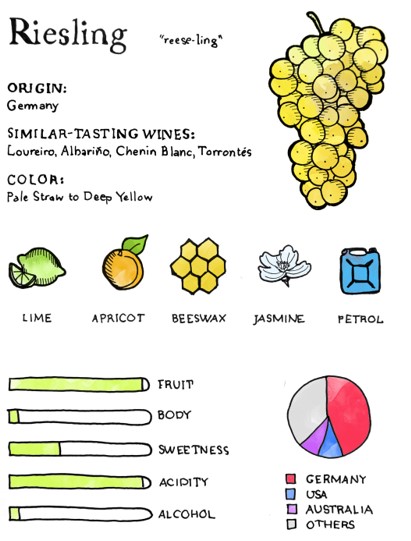
RIESLING PROFILE
Scents and Flavors
Apricot Golden Apple Green Apple Apple Peach White Peach Pear Lemon Lime Quince Tangerine Orange Pineapple Passion Fruit Guava Citrus Peel Orchids Honeysuckle Jasmine Gardenia Roses Juniper Lychee Nut Honey Marzipan Mineral Stone Chalk Slate Petroleum Rubber Band Smoke Stainless Steel Almonds Raisins
Food Affinities
Seafood & Meat
Pork Smoked Pork Ham Game Hen Goose Duck Chicken Mutton Lamb Veal Sweetbreads Beef Foie Gras Smoked Fish Pâté Pâté Mussels Scallops Shrimp Prawns Pancetta Prosciutto Bacon Salmon Smoked Salmon Trout Smoked Trout Sea Bass Sole Snapper Lobster
Vegetables, Fruits & Funghi
Green Olives Black Olives Orange Peel Citrus Zest Lemon Lime Apple Pear Apricot Corn Shallots Caramelized Onions Vidalia Onions Sauerkraut Peas Green Beans Oyster Mushrooms Morel Mushrooms Enoki Mushroom Tofu
Herbs, Spices & Nuts
Tarragon Cilantro Bay Leaf Thyme Mint Saffron Curry Ginger Nutmeg Almonds
Cheeses, Dairy & Oils
Cambazola Gorgonzola Gorgonzola Dolce Danish Blue Roquefort Stilton Carré de l’Est Mozzarella Emmental Gruyère Bergkäse Feta Hoisin Sauce Soy Sauce
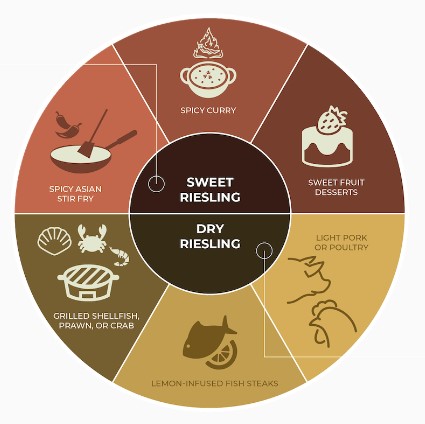
Food & Wine Pairings
The range of Riesling wines are like a peacock in full plumage: no two colors exactly alike and something beautiful that everyone can enjoy! Instead of viewing your options as challenges, try focusing on the wine’s versatility. A light, understated Kabinett from the Ruwer is the perfect aperitif for addictive savory cheese puffs (Gougères). Seafood fans adore an Alsace Riesling with a lightly poached mountain trout (Triute au Bleu). A Rheingau Halbtrocken is a happy wine indeed married to a sassy sea bass with morel mushrooms in a comforting cream sauce. Meat lovers will find few pairings more interesting than an Alsace Grand Cru Riesling and a rustic stew comprised of mutton, pork and beef (Bëckeoffe). An Australia Riesling from the Clare Valley will hold its own with the citrus tang and toasted nuts in a Pad Thai. And we’d be remiss if we didn’t sample a sublime and sweet Trockenbeerenauslese, all on its own!
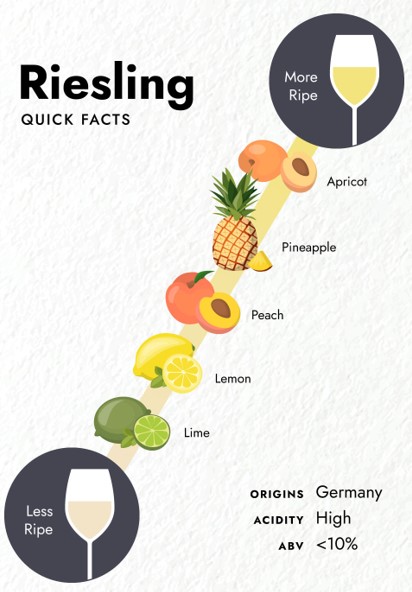
Styles
Don’t forget that while Riesling will always display fruit, sometimes quite ripe fruit, it is not always a sweet wine. The sweetness in Riesling is a matter measured by degrees. The classic German ripeness levels of the Qualitätswein mit Prädikat (QmP) are, from lowest to highest, Kabinett, Spätlese, Auslese, Beerenauslese, Eiswein and Trockenbeerenauslese. Remember that country, region, producer & production dictate price.


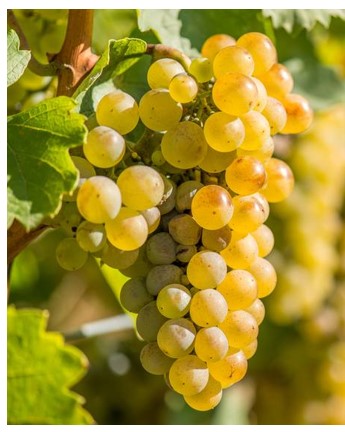

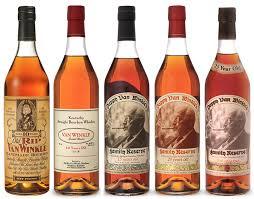





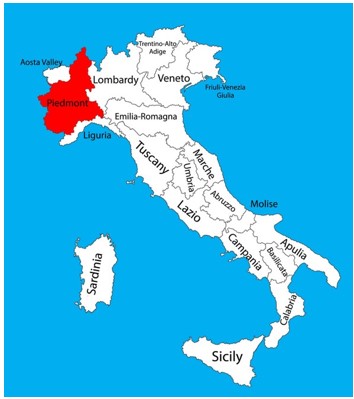
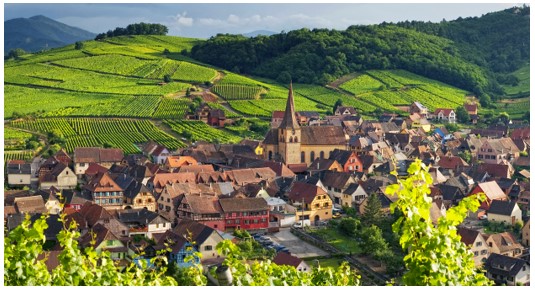
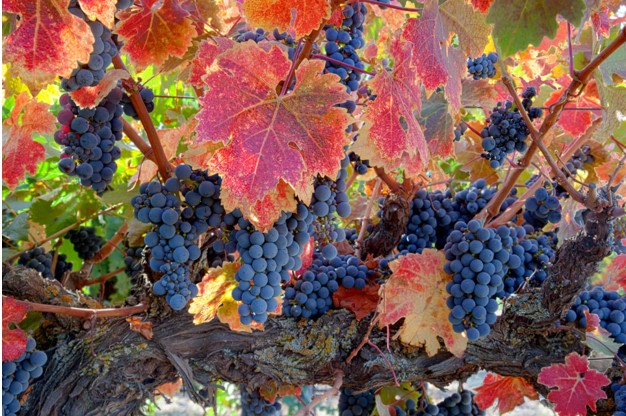
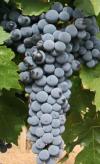
Comments